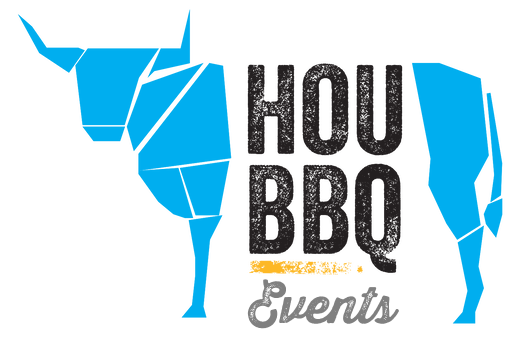If you’ve spent much time in the hot dog aisle of your local supermarket, you may have noticed more choices labeled “uncured.”
What does this mean, and should you buy “uncured” instead of “cured” meat products?
The current debate over the safety of processed meats, such as hot dogs, sausages and bacon that are preserved with certain chemicals, is complex and contentious.
Generally, many scientists and some governments have concluded that chemicals in the curing process, when ingested in high concentrations and prepared in specific ways, may cause cancer in humans. How could hot dogs or bacon possibly cause cancer?
Ironically, it is due to a concern for food safety. Meat is often the source of food-borne illness when not prepared correctly. If fresh meat is not expeditiously cooked, frozen or preserved (cured), it can become a host for harmful bacteria.
Curing meat is a way to make it inhospitable to bacteria, and thus safe to consume. Curing involves removing moisture and adding chemicals that inhibit the growth of food-borne pathogens.
Humans have been curing meat as far back as the ancient Egyptians and Romans, mainly by drying and salting. But adding enough salt to cure meat to contemporary food safety standards would make it inedible.
So, two other chemicals are used: nitrites and nitrates. Nitrites are mainly used in the cured and processed meats you find at the grocery store, like hot dogs.
Nitrites check a lot of boxes when making meat safe, delicious and visually appealing. They help to inhibit the growth of bacteria, provide a visually pleasing pink color to the meat and they add a certain salty/meaty flavor for which products such as hot dogs, bacon, and sausage are known.
Though scientists have been studying nitrites and nitrates in human health for many years, a figurative bomb dropped in 2015 when the World Health Organization released a report linking nitrite- and nitrate-cured meats to cancer and recommending people limit their intake (this is the same report that famously linked eating red meat to cancer, but that’s a different story).
Some of the media response was alarmist, along the lines of “Bacon is killing us!” The reality of the report was more nuanced, and subsequent research has confirmed that nitrite- and nitrate-cured meats, when ingested in moderation, are safe for humans.
Still, meat processing companies wanted to provide an alternative to people with particular health concerns, or who consume a lot of these products. Eating a large pile of bacon every morning is tempting, after all.
This is where “uncured” products come in. This is something of a misnomer, however, as they are still cured, but with ingredients other than synthetic nitrites and nitrates.
Turns out that nitrates exist in nature, specifically in leafy green vegetables, as well as in celery. So many of the “uncured” products substitute celery powder for synthetic nitrates or nitrites.
This is also controversial. Some scientists point out that whether synthetically or naturally made, nitrates are essentially the same chemical compound, so what’s the difference?
The bottom line is that scientific studies conclude that cured meats are safe when eaten in moderation. So, a few weekly portions of bacon or slices of sausage at your favorite barbecue joint are safe. If you eat a lot of processed meats, mixing in some uncured options may be healthier.
What about the taste? In my experience, there is only a small difference in taste between cured and uncured versions of bacon, sausage, or hot dogs.
Indeed, in a blind taste test of supermarket hot dogs that the Houston Chronicle food team participated in a few years ago, uncured hot dogs took the two highest spots.


